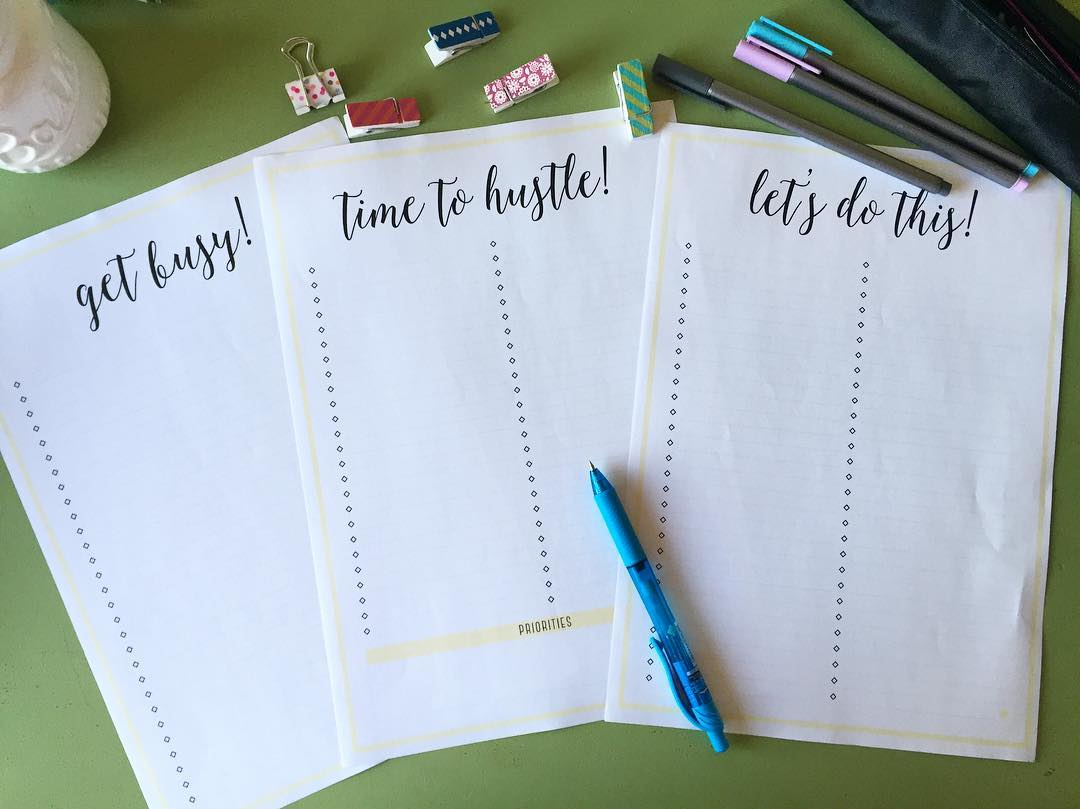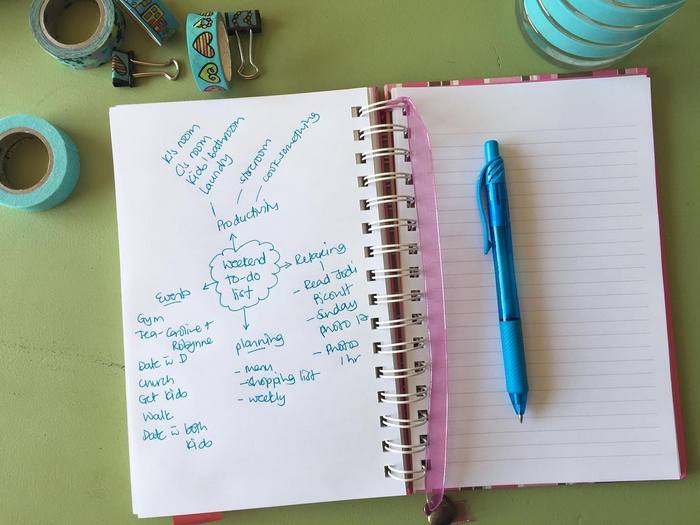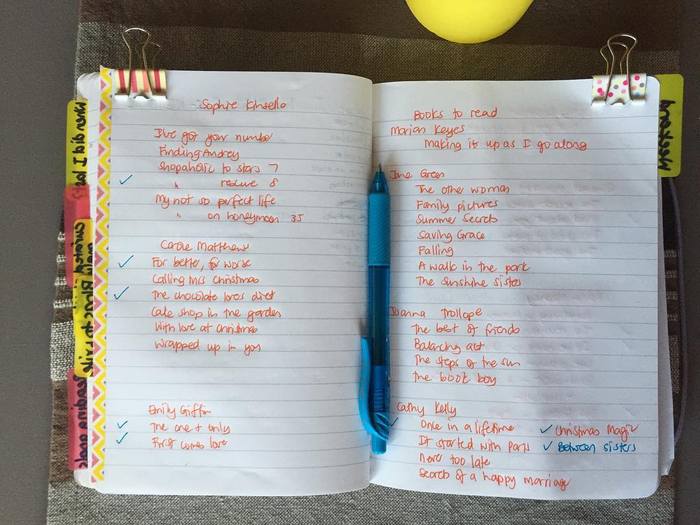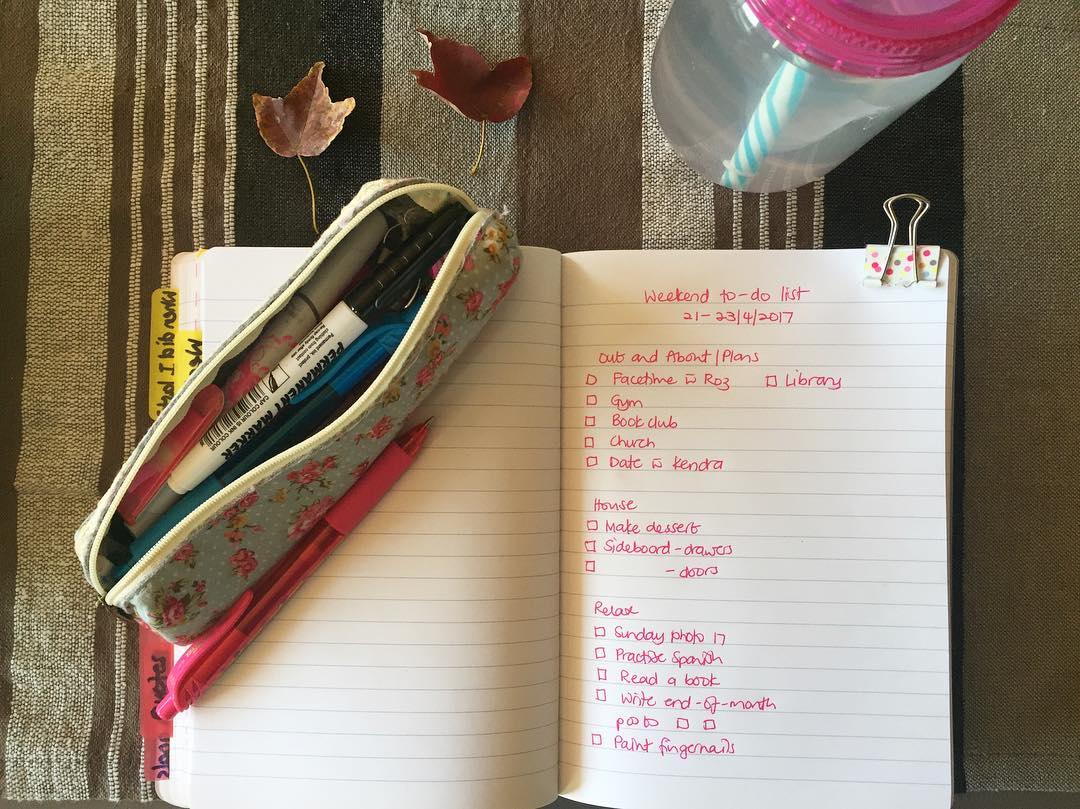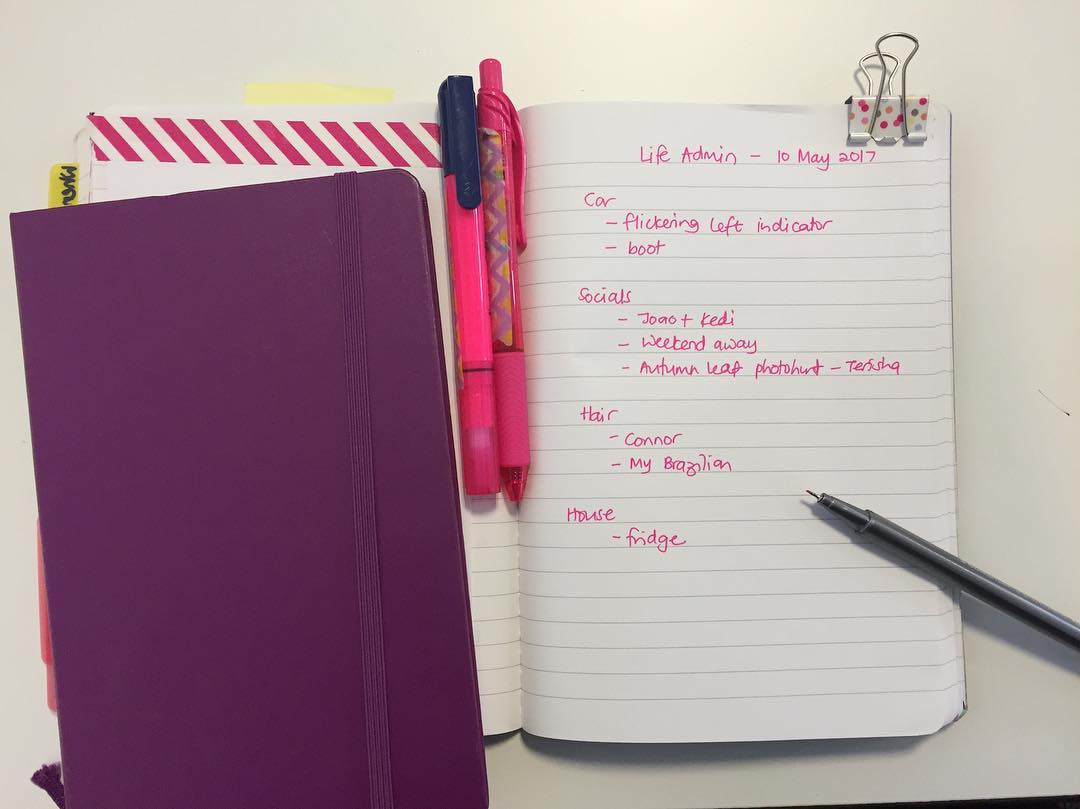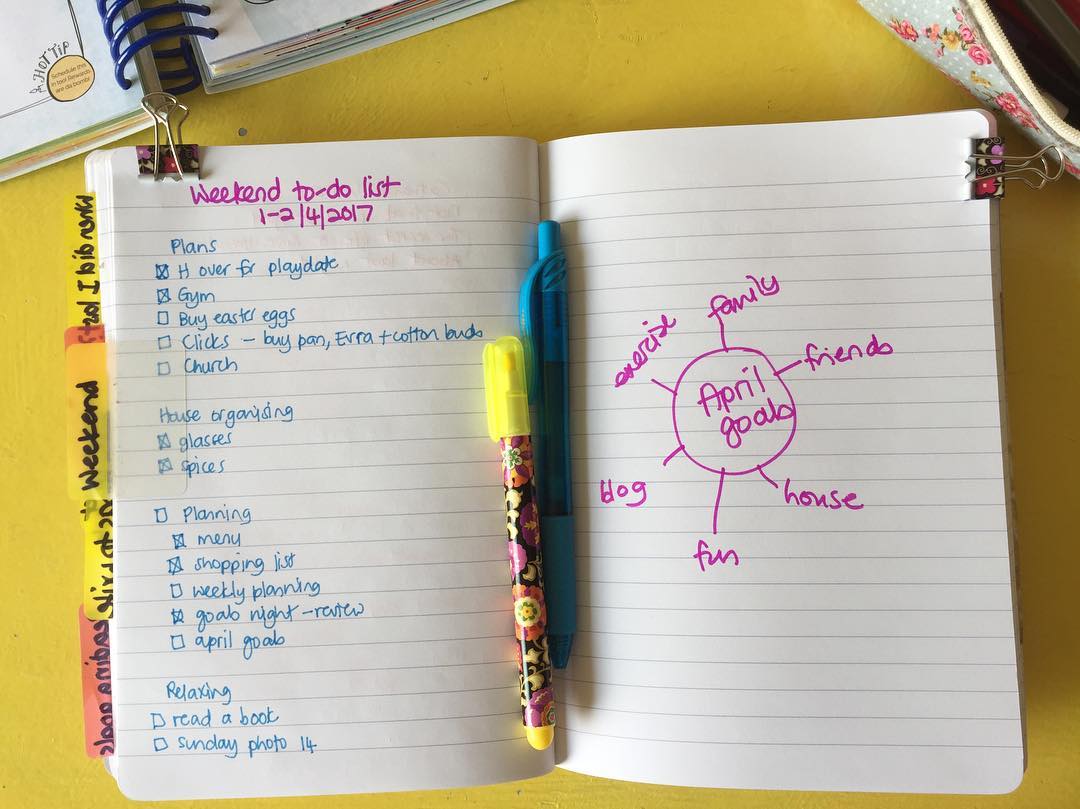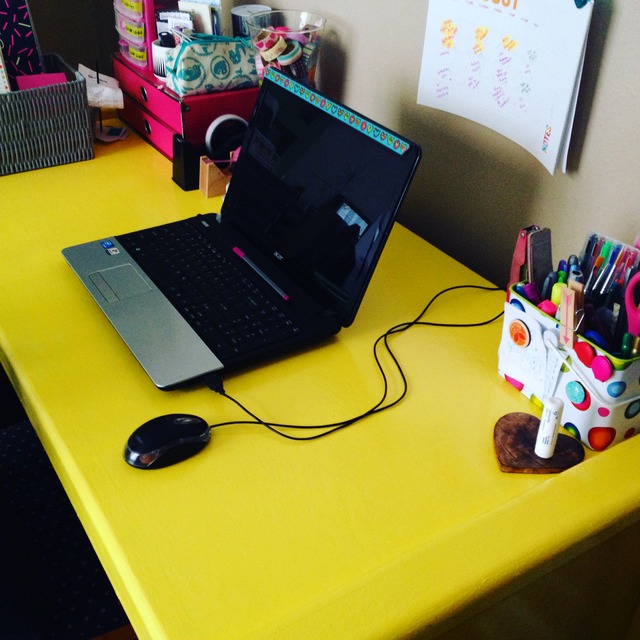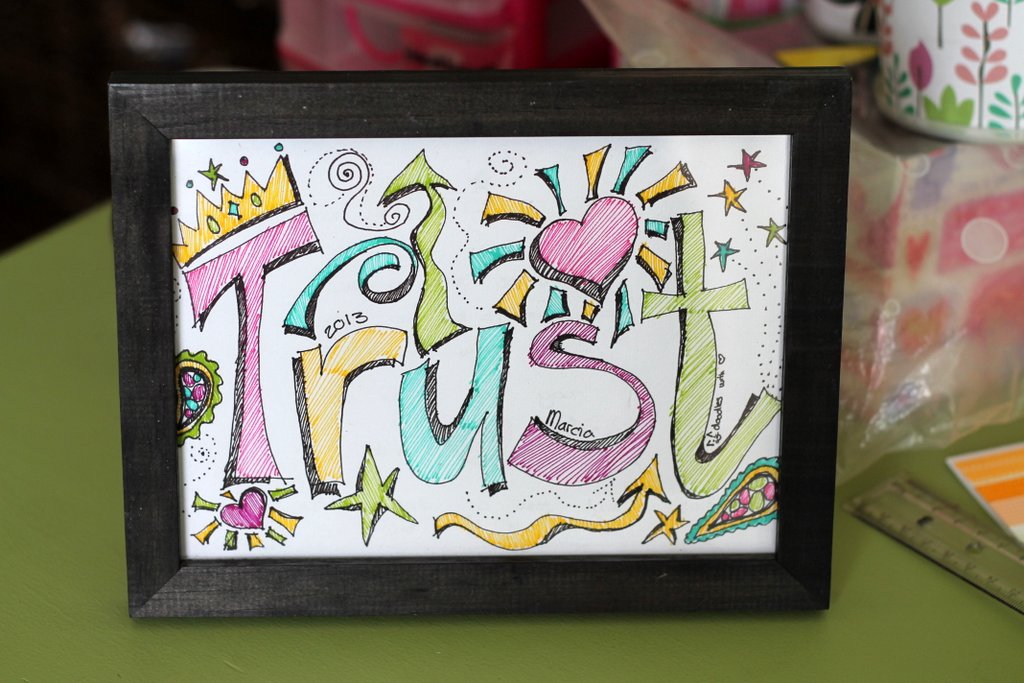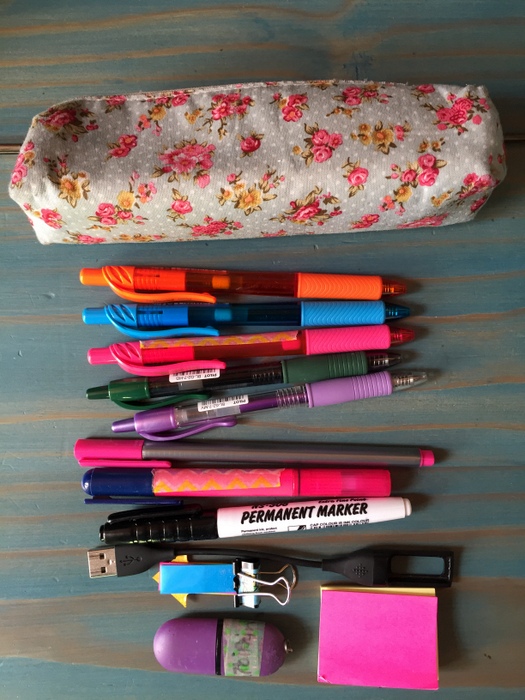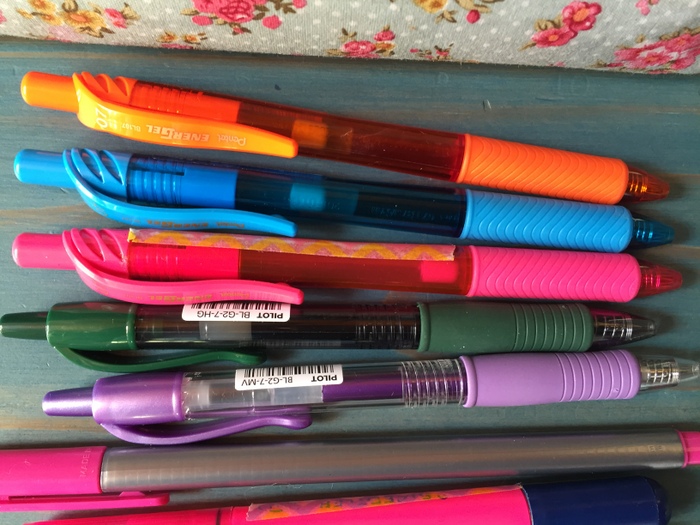I’m on my third bullet journal for the year, my sixth overall.
For this year, I’ve had a lined one, a dot grid one and then I was undecided between another lined one (a pretty purple one) or a grid notebook.
I decided to go with the grid notebook because I wanted to try all the versions of notebook (last year I used lined paper for two of them and then a blank notebook) paper so I could see what worked best…for me.
And the verdict?
I’m loving this grid notebook.
- It’s a Fabriano A5 grid notebook – made in Italy. South Africans, I bought it at Exclusives for R23. Yes, you read that correctly. They come in gorgeous, bright colours for such a great price.
- They had a spiral bound version about twice the thickness (and double the price – I think R48?), but since this one is travelling in my handbag on a daily basis, I didn’t want the spirals to get messed up, and I definitely want to finish using it by the end of December.
- I’m using my Staedtler triplus fineliners and the only Schneider Topliner I own because the paper is a nice firm 80g/sm that can hold these fineliners.
- I think a combination of the pen plus the grid makes my handwriting look neater.
- Also, I love making little blocks of exactly one grid next to my to-do list items.
There is possibly only one thing that could be better, and that is to have a non-scuffable cover. I’ve wrapped it in plastic to protect it.
What should you consider in a bullet journal?
size – I love an A5 size, but I’ve seen people use smaller and bigger notebooks
thickness – I like to change mine all the time so I love the 80-page notebooks because they last about 3 months. If you want one for the entire year, go bigger
paper – choose your paper depending on the size of your handwriting, and whether you naturally write in a straight line or not. Is that even an issue for you? It is for me? (I have since discovered I’m not a fan of light dot grid notebooks; I may be convinced if there are ones with a darker dot that I can try)
pens – on the more Kraft-type paper (the slightly brown paper), a gel pen works beautifully because it “sinks” into the paper. On a whiter type of paper, like this one, I find the staedter fineliners work beautifully. Of course you can use any pen on any paper (there are no rules!) but I know that I prefer a certain look to my handwriting with a certain pen on a certain paper 🙂
Tell me how you decided on your bullet journal
PS If you’re South African, pick up one next time you’re at Exclusives and let me know which colour you chose 🙂









